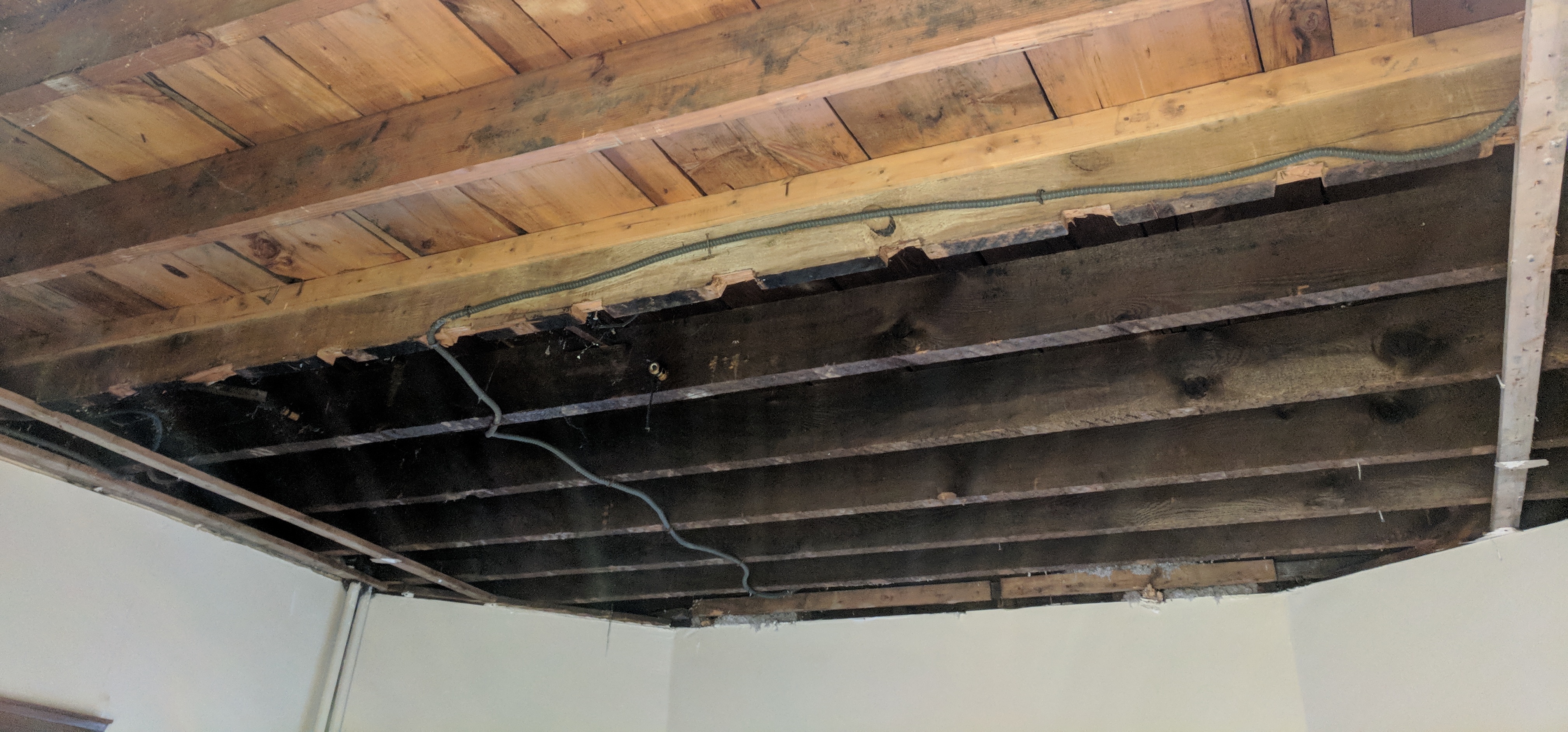You do not fix the hat channels directly to the joists because that will impede their ability to work properly.
Soundproofing existing concrete ceiling.
The goal when soundproofing a ceiling is to prevent the transfer of soundwaves from one floor level to another.
I decided to go with the second option because hanging panels will inevitably limit their efficiency when it comes to blocking vibrations.
Some experts recommend hanging acoustic panels.
Green glue how to soundproof existing walls windows ceilings insert an additional layer of green glue between the original ceiling and additional drywall.
Adding space below a concrete ceiling is essential for soundproofing.
The trademark soundproofing website suggests using a 5 8 inch thick drywall panel against the ceiling.
Hiring professionals to take care of concrete ceilings.
If it seems too challenging of a task there is always a way to hire a professional to take care of soundproofing concrete ceilings.
The best way to do that is to add mass decouple the pathways damp and absorb the soundwaves.
Use soundproofing clips to clasp the hat channels apart from the joists and drywall.
Frequently the existing finishes of existing concrete brick or wood are left as the interior design supposedly to provide the loft type of décor.
Fasten them using small screws and at 10 inches apart.
First remove the drywall from the existing ceiling.
Soundproofing a ceiling generally involves the addition of insulation and drywall to add mass to the ceiling and block the flow of sound waves.
Others recommend spraying an adhesive on the ceiling and then pressing the panels on the wall until they stick firmly.
Simply applying soundproofing material directly to an existing concrete ceiling is only going to make minimal changes for people.
Potential noise level problems can be quite.
You simply apply dampening compound to the back of the drywall and screw the drywall into the.
Such designs require even more design attention if sound privacy is to be achieved.
Use the acoustic foam panels on the ceiling the use of acoustic foam panels is to absorb the soundwaves and they have a noise reflection coefficient nrc of 0 95 which means they can absorb 95 of the noise waves and reflect back only 5.
Your options depend upon the construction of your ceiling and if you own or rent the property.
How do you soundproof a ceiling between floors.

